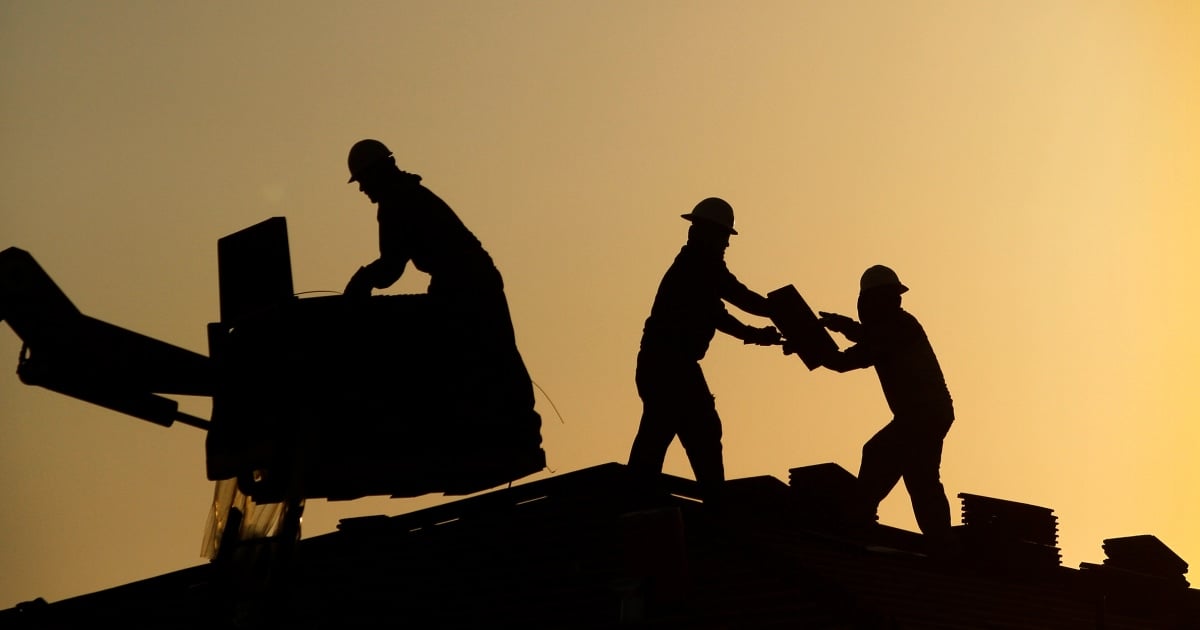Are they not unionized? If this problem is caused by unreasonably long hours doing unreasonably hard work with no paid vacation, as the article suggests, all of the “trying to solve this” bullshit coming out of employers’ PR departments isn’t going to do anything near as much as shorter hours, paid time off, more staff, longer project timelines, and job protections.
Only about 11% are unionized
https://www.agc.org/news/2024/01/24/union-membership-rate-construction-declines-in-2023
I don’t think there’s anything inherent in construction that is causing a higher suicide rate. Construction labourer is a job just about anyone can get and male dominated.
I’ve hired some people who seemed like they weren’t in a great place. It’s low skill and it doesn’t hurt to take a chance on someone and hope the stability will help get them on the right track.
I haven’t had any coworkers take their own lives, but I could see someone at the end of the rope being more likely to find a job on a construction site instead of a dentists office
A huge part of the issue(From what I have seen on my years working insurance) are injuries. A day laborer lives by the day, has little to no savings and has an accident or gets hurt. They know two weeks off + hospital fees will bankrupt them, so they go to work with their bodies already in a bad state, which only furthers their existing injuries, until they either fall into despair, finally seek attention and their lack of support networks makes the situation so dire, the only option they can see is a noose.
Heartbreaking really. That is one of the reasons why I left that job market, I simply could not bear telling more people, the corporate version of “You’ve ran out of money, good luck with your cancer though”.
I can at least anecdotally confirm this isn’t just a US issue either. Here in Germany, I met a guy at a psychiatric clinic as a fellow patient with a very similar story (in this case working in logistics, not construction, but also in a position requiring hard manual labour).
His German wasn’t all that good, so that made exploiting him easier - and while his medical bills were covered and he in theory had the legal rights to have his de-facto disability from work recognized, his work environment and pressure had made him ignore his own health and rights out of fear of not being able to support his ex-wife and children, who were everything to him. He had also internalised that his self-worth stems from his superior work ethics. In the end, the bosses/owners of his medium-small employer downsized heavily and pocketed a lot of money, but with no way to prove any illegal stuff going on in the process easily. He was dropped because he couldn’t work as self-destructively any more with his chronic injuries/issues. That broke him.
This social dynamic is appaling and probably very universal in the majority of the world.
The focus on construction is a distraction, the point here is that men of lower socio-economic status in the US are killing themselves at a horrific rate. From the actual paper this article is based on:
The overall suicide rates by sex in the civilian noninstitutionalized working population were 32.0 per 100,000 among males and 8.0 per 100,000 among females.
Major industry groups with the highest suicide rates included Mining (males = 72.0); Construction (males = 56.0; females = 10.4); Other Services (e.g., automotive repair; males = 50.6; females = 10.4); Arts, Entertainment, and Recreation (males = 47.9; females = 15.0); and Agriculture, Forestry, Fishing, and Hunting (males = 47.9).
Major occupation groups with the highest suicide rates included Construction and Extraction (males = 65.6; females = 25.3); Farming, Fishing, and Forestry (e.g., agricultural workers; males = 49.9); Personal Care and Service (males = 47.1; females = 15.9); Installation, Maintenance, and Repair (males = 46.0; females = 26.6); and Arts, Design, Entertainment, Sports, and Media (males = 44.5; females = 14.1).





